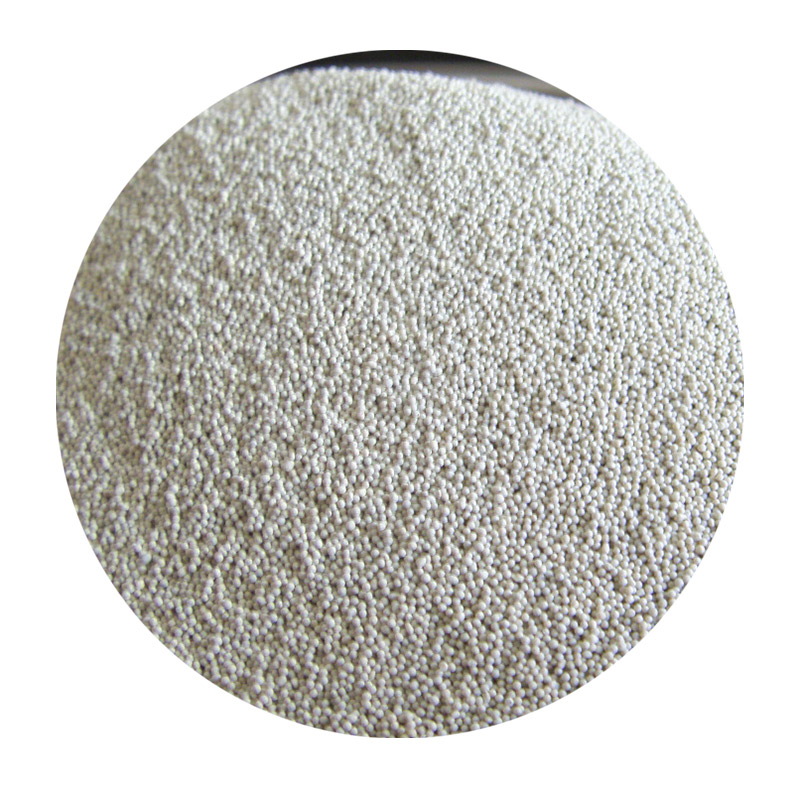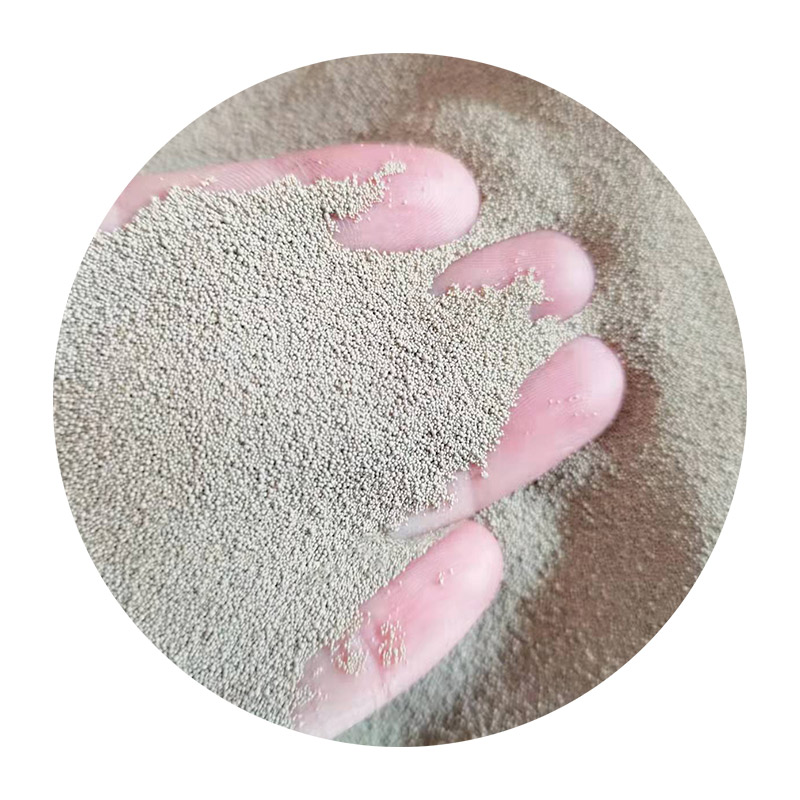

Underpinning these material choices is trust, cultivated by brands through transparent, data-driven results. Only products with stringent quality control procedures and third-party certifications should make it to the final mold. Certifications ensure that the sands meet international safety standards and performances, exemplifying the manufacturer's commitment to delivering quality and reliability. An example of successful implementation is in the automotive sector, where exacting standards are no luxury but a necessity. Here, the performance of specialized sands often dictates overall vehicle safety and performance. Automakers demand high dimensional accuracy and superior surface finishes, wherein a supplier's choice of molding sand becomes a badge of trustworthiness and reliability. On a broader market level, the current trend of sustainable production compels manufacturers to develop eco-friendlier solutions. Recycled molding sands and biodegradable binders not only align with industry sustainability goals but also appeal to environmentally conscious consumers. This commitment to sustainability without compromising casting quality contributes to a brand’s authority within the market. In summary, molding sand selection is an intricate, science-infused art. It demands not only a thorough understanding of the casting ecosystem but also a commitment to innovation and excellence. Castings crafted with the right sand choices lead not only to product superiority but also to enhanced reputational capital within the manufacturing domain. By placing equal emphasis on experience, expertise, and trust in sand production and application, manufacturers can ensure their products stand the test of time – both literally and in the court of industrial reputation. Post time:3월 . 04, 2025 02:50
Next:large sand casting
